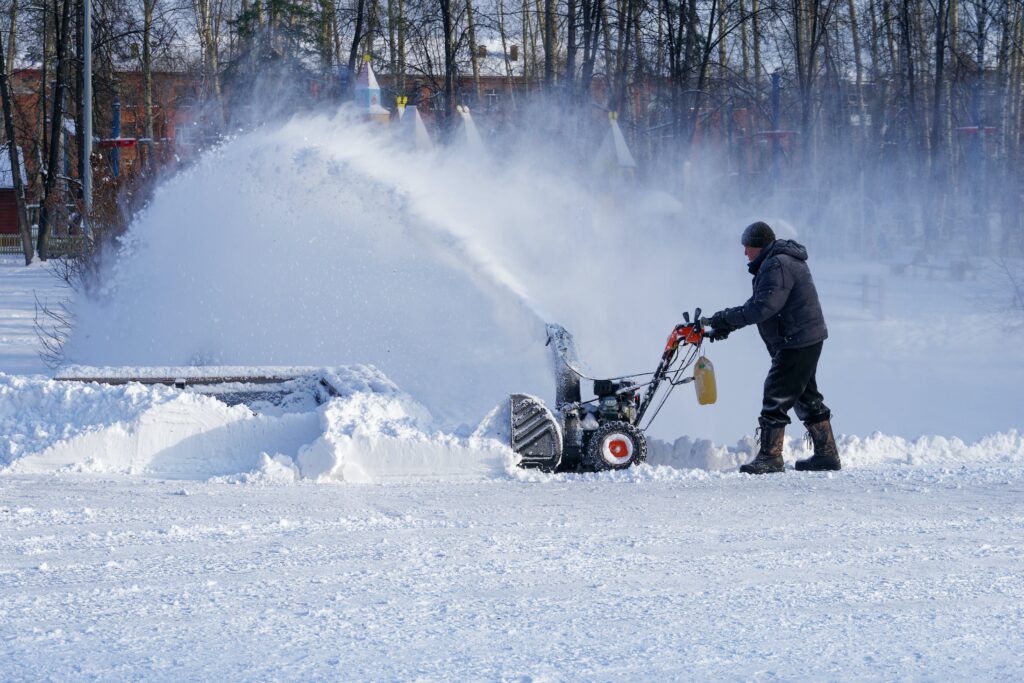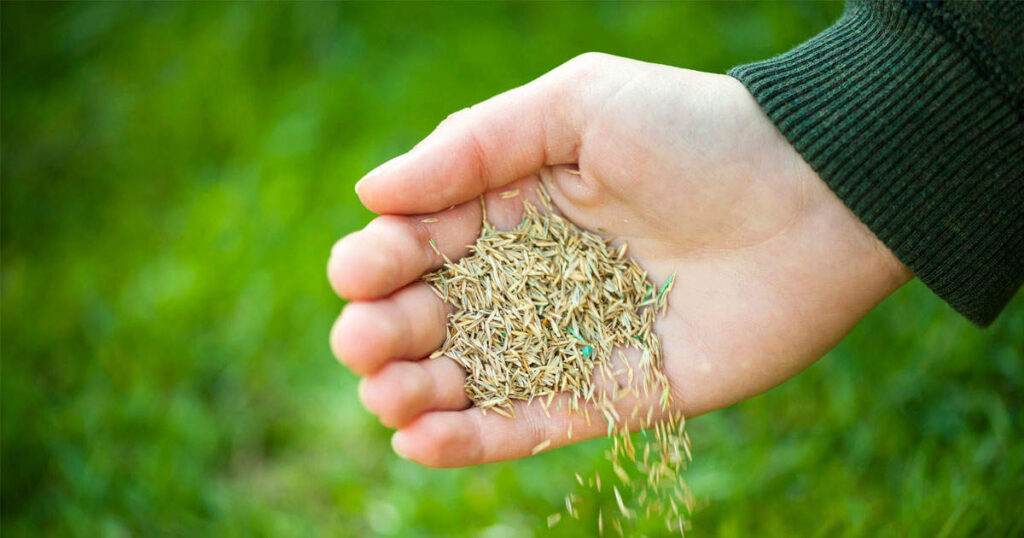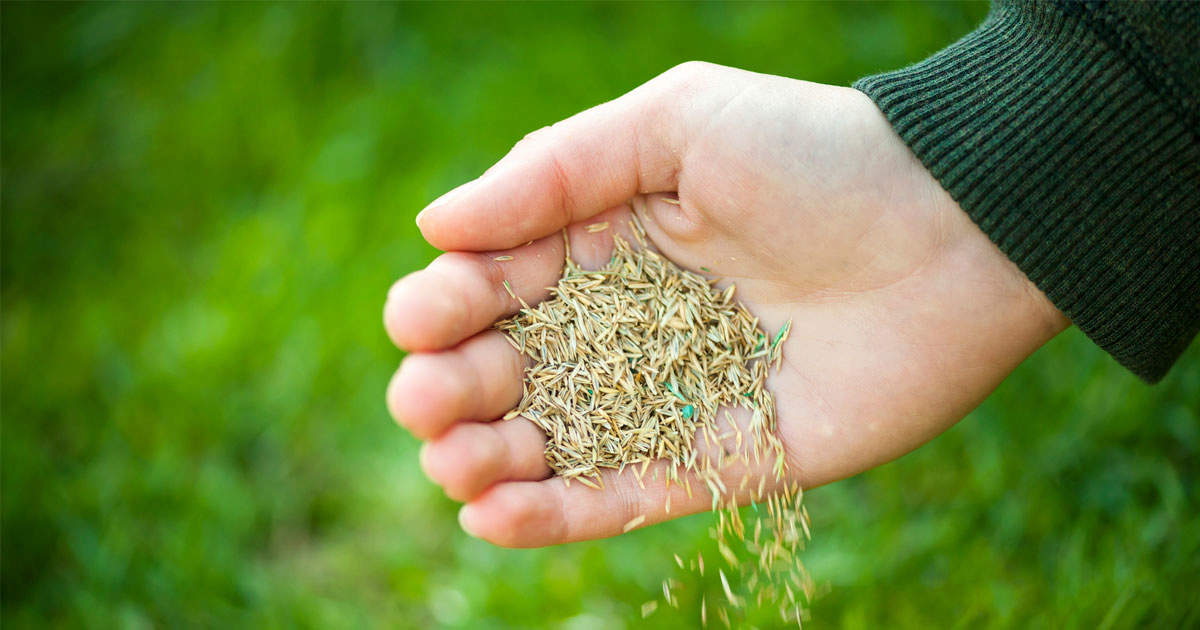Spring in Bristol brings the promise of warmer days, blooming flowers, and the revival of lush green lawns. As a homeowner in Bristol, you know that the changing seasons also mean it’s time to invest in your lawn’s well-being. Why do I emphasize so much on Spring lawn care?
Well, Bristol receives an average of 49mm of rainfall annually, with the wettest months being March-May and the driest being June to August. This makes spring a crucial time for establishing a strong root system and preparing the lawn for the drier summer months.
To help you achieve the greenest and healthiest lawn possible, let’s delve into the best practices for Bristol spring lawn care.
Tip#1 – Soil Testing: The Foundation of a Green Lawn in Bristol
Your lawn is only as good as the soil beneath it. Neglecting soil testing is a common mistake, and many homeowners skip this crucial step. By investing the time and effort in soil testing, you can identify missing nutrients and prevent over-fertilization, potentially saving a lot on lawn care costs.
Take advantage of this cost-effective approach to tailor your fertilizer regimen to your lawn’s specific needs. It’s a small investment that pays off big in terms of both the health of your grass and your wallet.
Tip#2 – Mowing: Sharpening Blades for Greener Pastures
Your lawn is a canvas, and the way you mow can significantly impact its overall appearance and health. Here’s how you should mow your lawn in Spring:
- Keep grass at 2.5 to 3 inches for shade and deeper roots.
- Follow the “One-Third Rule”. Never cut more than one-third of the grass height to avoid stress.
- Choose dry conditions for a cleaner cut and to prevent disease spread.
- Change direction to maintain an upright and uniform appearance.
- Avoid Mowing in Extreme Heat. Choose cooler times, like early morning or late afternoon.
Apart from this, one often overlooked yet critical aspect of mowing is sharpening your lawn mower blades regularly. One of the best practices for Bristol spring lawn care is pursuing this simple act. Let me explain it further.
Mowing with dull blades can have detrimental effects on your lawn. Dull blades tear grass instead of cleanly cutting it. This tearing weakens the grass, making it more susceptible to diseases and stress. In contrast, sharp blades provide a clean cut, promoting a healthier and more resilient lawn.
Tips for Blade Maintenance:
- Sharpen blades every 25 hours of use for optimal cutting. Regular sharpening ensures that your blades remain in top condition, allowing for an efficient and effective mowing experience.
- Replacement Guidelines: Keep an eye on your blades and replace them when they’re chipped, bent, less than 1/2 inch wide, or unbalanced. This proactive approach ensures that your mower is always equipped with blades that can deliver a clean and precise cut.
Tip#3 – Watering: The Goldilocks Principle
Watering your lawn is a delicate balance. Overwatering is the number one mistake homeowners make, contributing to weeds, diseases, and wasted water. Instead of frequent surface watering, adopt a deep watering strategy (1-2 inches per week) to promote stronger root growth and minimize surface-related issues.
By adhering to the Goldilocks principle – not too much, not too little, you’ll create the ideal conditions for a lush and resilient lawn.
Tip#4 – Fertilizing: The Key to Nourishing Your Lawn Right
Fertilizing your lawn strategically is a key component of Bristol spring lawn care, but it requires timing and thoughtful consideration, especially in a spring that has been colder than usual.
While it may be tempting to fertilize as soon as lawns start turning green, it’s best to exercise patience. Wait until the lawn has been mowed a couple of times, allowing grass plants to utilize stored food produced the previous fall. As these reserves are depleted, particularly after a few mowings, it’s then appropriate to consider fertilization.
For those opting for organic fertilizers, it’s advisable to wait until soil surface temperatures consistently remain above 50º. This ensures that the microbes in the soil, responsible for breaking down organic fertilizers, are more active as the soil warms up. In the case of fast-release fertilizers, it’s crucial to water them in immediately. This helps utilize most of the nitrogen before the soil heats up and grass growth slows or stops.
If specific areas of your lawn appear thin and seeding is necessary, keep in mind that the grasses commonly used for lawns in New England are cool-season grasses. These grasses germinate best at soil temperatures of 50º F or higher. Therefore, coordinating seeding efforts with soil temperature conditions is key to successful lawn establishment.
Tip#5 – Weed Control: Tackling Weeds Head-On
Early spring is the opportune time to address weed control. Preventing weed seeds from germinating in the first place makes summer weed control more manageable. Embrace organic weed control methods, such as hand-pulling or using corn gluten meal, as safer alternatives to chemical herbicides.
By taking a proactive approach to weed control, you’ll keep your lawn looking pristine without compromising the health of your family, pets, or the environment.
Final Words
Adopting these best practices for Bristol spring lawn care, you’re not just giving your lawn a temporary facelift, you’re making an investment in its long-term health and beauty. Here at Kiss My Grass Property Maintenance, we can take care of your Bristol outdoor lawn. Contact us today if you’re interested in getting your lawn taken care of!









